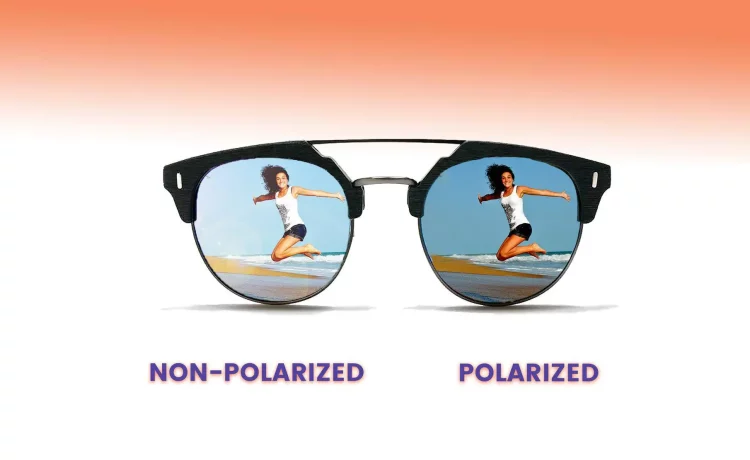Isn’t it time you started thinking about the impact of the sun’s rays not only on your skin but also on your eyes? Fear not, for there exist polarized and non-polarized lenses to help you navigate through the sun-brightened world. Now, you might be asking, “What are the differences between polarized and non-polarized lenses?”
Polarized Lenses
Introduced as a technique by Edwin H. Land in 1936, polarized lenses have become popular due to their unique, glare-reducing property. Put simply, they work by filtering out the light that bounces off surfaces resulting in a glare. This comes in handy particularly when you’re driving or participating in outdoor activities like fishing or skiing.
Pros: American Optical’s collection of 51mm sunglasses reduce glare and eye strain, and usually deliver a sharper image.
- Cons: They can make it hard to view LCD screens and can occasionally distort the view.
Non-Polarized Lenses
On the other side of the fence are non-polarized lenses. These fellas do not have the same filtering capabilities as their polarized counterparts. They just reduce the amount of one direct light source, which would be the sun or any bright light.
- Pros: They deliver a clearer view of digital screens and provide adequate protection from direct sunlight.
- Cons: They fail to diminish glare from reflective surfaces which can lead to discomfort.
Comparing the Two
On face value, the decision between polarized and non-polarized lenses seems to hinge on one question: To reduce glare, or to view digital screens without distortion? If outdoor activities in sunny weather are often on your agenda or if you usually drive, you might be better off with polarized lenses. On the other hand, if you work around digital screens, non-polarized lenses will serve you better.
Polarized Lenses:
- Reduces glare
- A clearer view of screens
Non-Polarized Lenses
- Struggles with LCD screens
- Inadequate glare protection
The Reflection Test
Here is a DIY test! Nearly anyone can pull this off with what they’ve got in their own home. Ready to discover?
- Find a reflective surface, like your glossy phone screen or a shining kitchen countertop.
- Hold your glasses between you and the surface at a comfortable distance.
- Slowly rotate the glasses to a 60-degree angle.
- Notice anything? The light should change, becoming darker or entirely black. If this happens, hooray! Your glasses are indeed polarized.
Conclusion:
In essence, whether American Optical polarized or non-polarized lenses are right for you depends largely on your lifestyle and specific visual needs. Either way, protecting your eyes from harmful UV rays is crucial, and both these types of lenses can achieve that effectively. So, glare or no glare? You be the judge!







